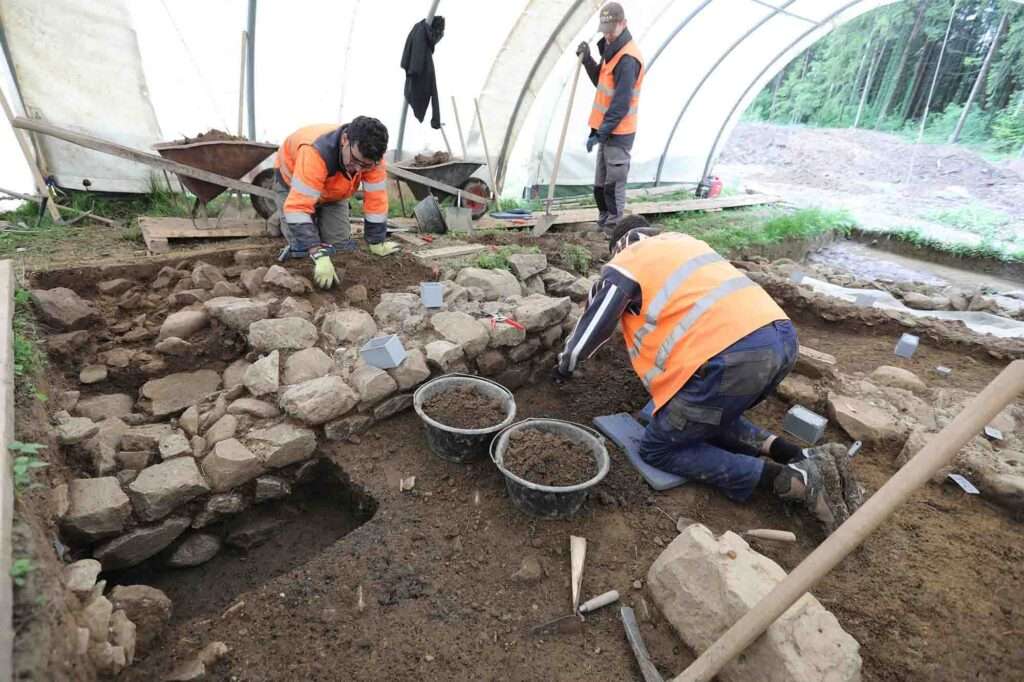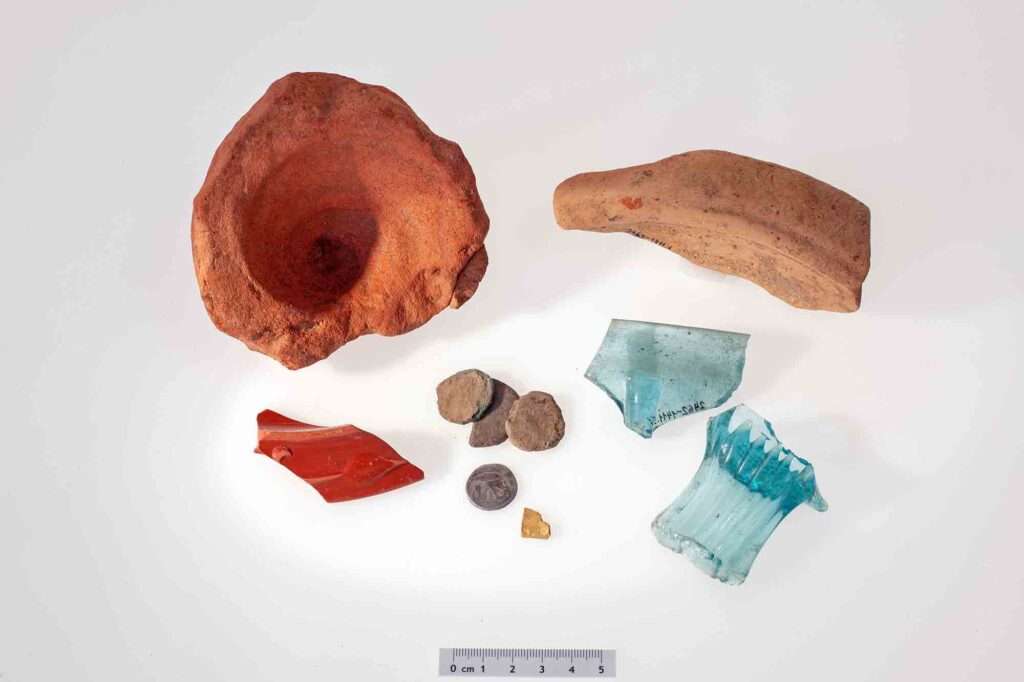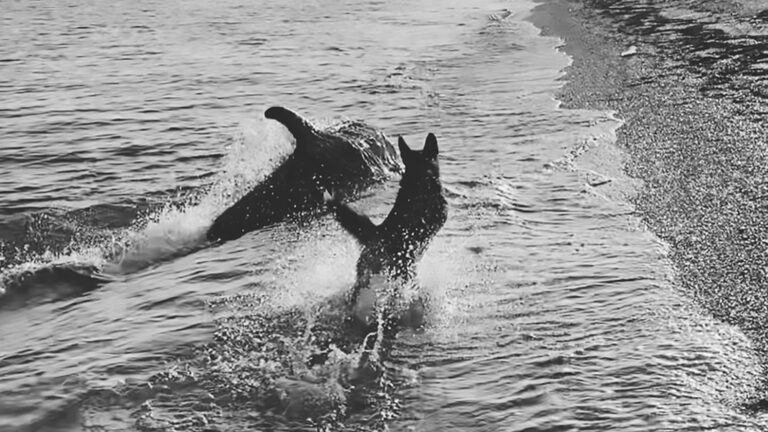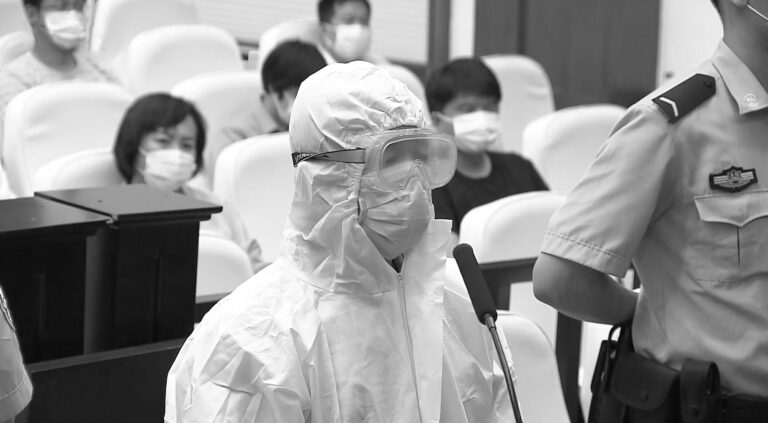A massive ancient Roman building dating back 2,000 years has been discovered just inches under the surface of a gravel pit in the Swiss Alps.
The complex was so close to the surface that in places bricks in the main wall were poking out of the ground, say experts.
Underneath, scientists unearthed a treasure trove of remarkably well-preserved pots, high-quality glassware, coins, millstones, nails and parts of gold jewellery.
Experts believe the site – in Cham, Zug canton, Switzerland – was originally a temple to a god or a lavish private villa.

Advisors from the Swiss Office for the Preservation of Monuments and Archeology said the complex covers at least 500 square metres (5,381 square feet).
Head of the Department of Prehistory and Protohistoric Archaeology, Gishan Schaeren said in a statement obtained by Newsflash: “We were also amazed that the top bricks were even visible above ground.
“Roman buildings of similar dimensions were last excavated in Cham- Heiligkreuz almost 100 years ago.”
Professor of Archeology of the Roman Provinces at the University of Bern, Christa Ebnoether said: “Only a few structural relics of this kind from the Roman period are known in the pre-Alpine region – in contrast to other regions.

“What is also astounding is the relatively good preservation of the remains.”
But specialist Kathrin Rueedi said: “At the moment, we’re wondering what this complex of buildings was used for.”
Head of the Office for Monument Preservation and Archaeology, Karin Artho pointed out the importance of the excavations in the area that have been ongoing since the 1990s.
Artho said: “Thanks to this exemplary cooperation, we have been able to document numerous findings and save valuable finds in recent years.
“These pieces of the puzzle make it possible to trace the life of our ancestors and to better understand our history.”

To find out more about the author, editor or agency that supplied this story – please click below.
Story By: Georgina Jadikovska, Sub-Editor: Marija Stojkoska, Agency: Newsflash
The Ananova page is created by and dedicated to professional, independent freelance journalists. It is a place for us to showcase our work. When our news is sold to our media partners, we will include the link here.




